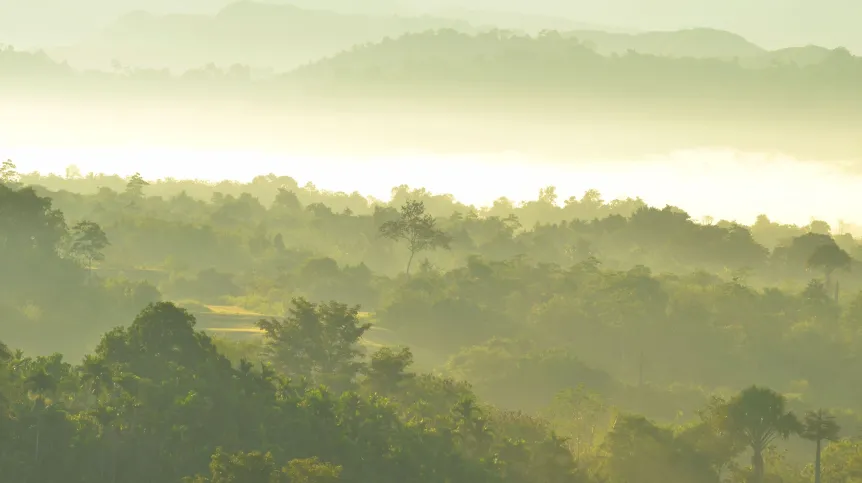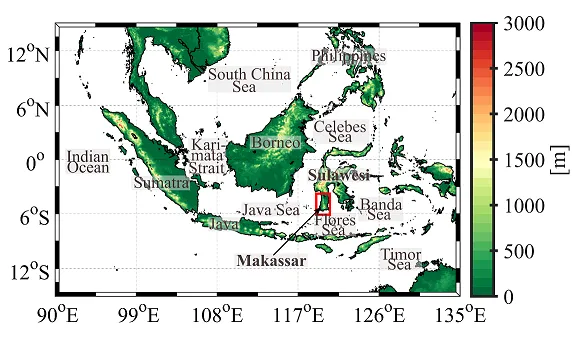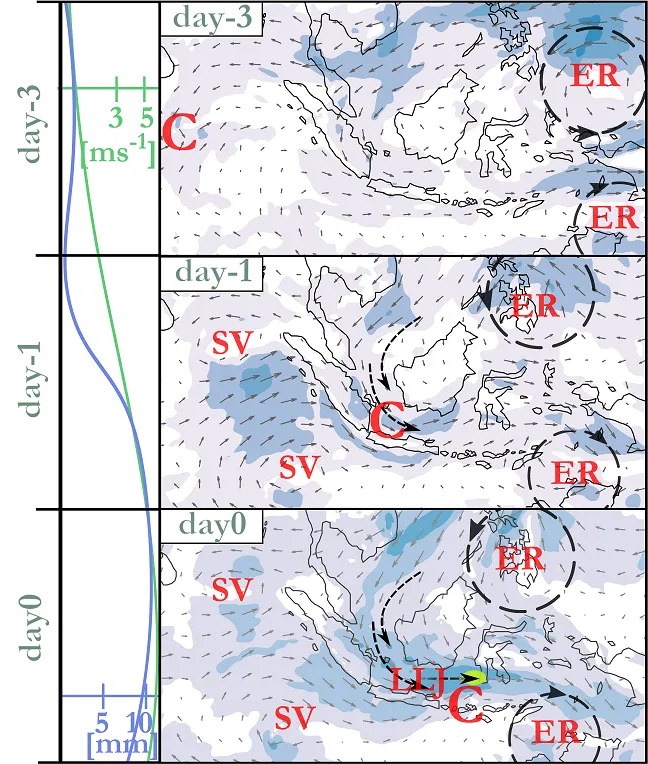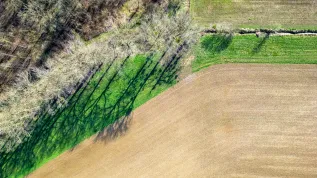
How to deal with devastating tropical rainfall in Indonesia may have been solved after researchers found that it is the result of three different weather phenomena.
The monsoon season in the climate zone characteristic of Indonesia lasts six months, from October to April. During this time, residents often have to deal with extreme rainfall, floods and dangerous landslides such as in January 2019 when 70 people died on the island of Sulawesi.
But research carried out at the Institute of Geophysics of the Polish Academy of Sciences by PhD student Beata Latos and Dr. Dariusz Baranowski from the Department of Atmospheric Physics as part of international cooperation (Poland-France-USA-Indonesia-United Kingdom) show that extreme rains and destructive floods are caused by a rare combination of three different tropical weather phenomena that occur simultaneously.
While studying the 2019 weather phenomena on the island of Sulawesi, scientists noticed that the largest of these tropical weather systems, known as the Madden-Julian oscillation, slowly moved eastward from the Indian Ocean over Indonesia. Two smaller weather systems embedded in it, called the Kelvin wave and the Rossby wave also developed and reached Sulawesi, resulting in rains of remarkable intensity.
Further analysis of meteorological data collected over 20 years proved that the probability of flooding with the participation of the Kelvin or Rossby wave doubled, while with their simultaneous occurrence, it increased eightfold.
The study’s co-author Beata Latos said: “In the years 1999 - 2019, in December-January-February, we observed the accumulation of two phenomena (the Kelvin wave and the Rossby wave) 30 times. Nearly half of these interactions between the phenomena took place under favourable conditions of the Madden-Julian oscillation. Thus, we observed the culmination of these three phenomena 14 times throughout this period. The analysis was carried out for these selected months, because it is the period of increased rainfall, including extreme rainfall and flooding.”
The Madden-Julian oscillation is the name scientists use to describe organized systems of storm clouds that move along the equator and sometimes pass through Southeast Asia, including Indonesia.
Dr. Baranowski from the Department of Atmospheric Physics compared the Kelvin waves embedded in these systems to the waves that form after throwing a stone into water. He said: “Their movement is due to a disturbance in the pressure field. A similar imbalance can propagate in the atmosphere'. He added that as a result of such a disturbance, various meteorological phenomena can form, including Kelvin waves.
They are characteristic of equatorial latitudes. Such waves are observed both in water and in the air. They move along the equator, from west to east, at approximately 12 m/s (43 km/h). They appear every 5 - 20 days. About 130 Kelvin waves are observed in the world every year. Their movement can be tracked with satellite imaging. In a Kelvin wave, there are upstream currents forced by such circulation, which favour the occurrence of storm clouds and rain.
The third tropical weather element, the Rossby wave, is also a type of atmospheric wave that ranges from several hundred to several thousand kilometres in length and is a consequence of the Earth's rotation. In the troposphere, Rossby waves move huge masses of air around the globe.
Based on weather forecasts and satellite observations, scientists can predict these three phenomena (Madden-Julian oscillation, Kelvin wave and Rossby wave) several days in advance, and warn about potential dangers. Such information can be crucial for local authorities and emergency services who can take timely steps to protect the lives and health of residents.
The Agency for Meteorology, Climatology and Geophysics of the Republic of Indonesia (BMKG), is already interested in the research results and their implementation. The agency is the counterpart of the Polish Institute of Meteorology and Water Management.
Dr. Latos said: “The research was the result of an international collaboration with the participation of local meteorologists and climate scientists. In the pre-Covid era, when I started doing research, I visited Jakarta and Sulawesi, where I gave several seminars on predicting weather extremes and the impact of tropical waves. The meetings were very inspiring and educating for me and the audience alike.”
The ongoing research results have been published in Monthly Weather Review (https://doi.org/10.1175/MWR-D-20-0262.1) (PAP)
author: Ewelina Krajczyńska
ekr/ zan/ kap/
tr. RL















